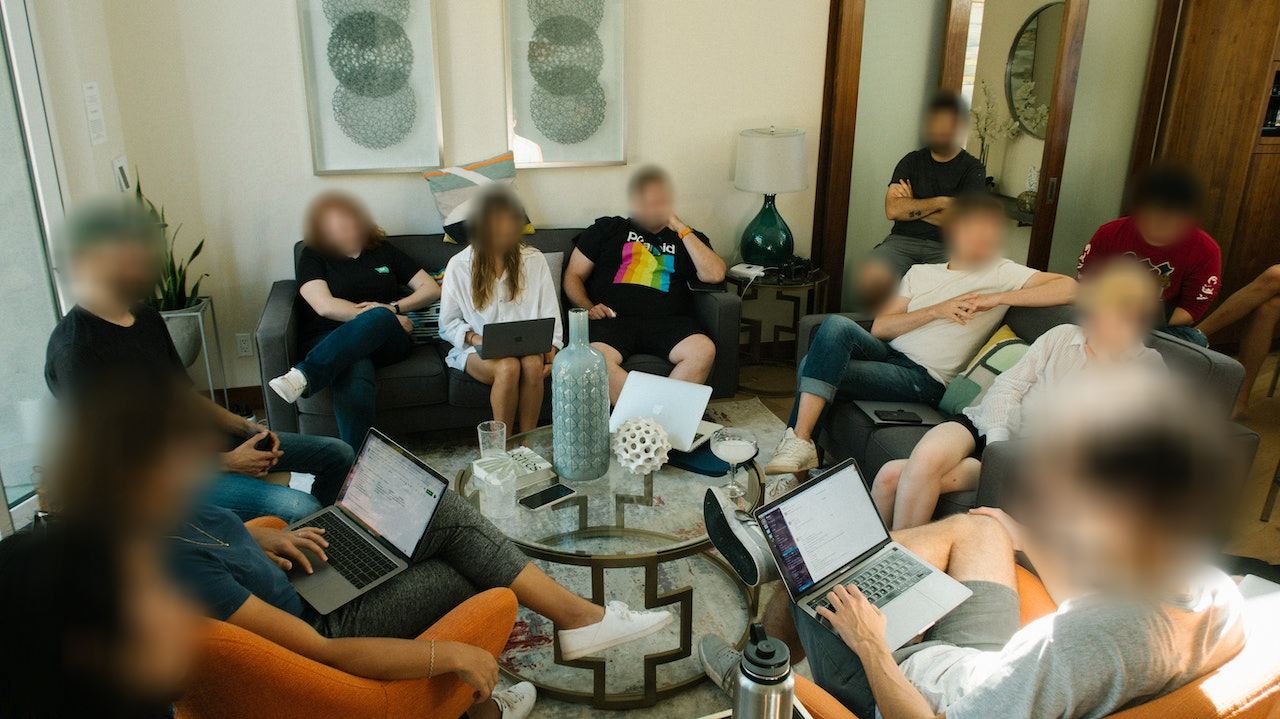In a world where data is the new currency and our lives are increasingly documented through digital media, ensuring the privacy and protection of individuals has become paramount. The ever-expanding digital footprint we leave behind, composed of countless photos and videos, has made it essential to find innovative ways to balance our desire for connection and self-expression with the need to safeguard personal information by blurring faces.
The Unseen Guardians
Amid this digital age, the subtle yet potent art of face blurring has emerged as a powerful and necessary practice. Face blurring is not merely an aesthetic choice; it’s a tool that empowers individuals and organizations to protect data privacy in an era where the line between public and private is continuously shifting.
A Shield for Individuals
Consider the countless instances where face blurring plays a pivotal role in safeguarding data privacy. Whistleblowers and activists utilize this technique to protect their identities when exposing wrongdoing or advocating for change. It empowers individuals to share their stories without fear of retaliation. In an age of digital surveillance, face blurring is the armor that grants us the courage to speak truth to power.
Preserving Anonymity in Journalism
For journalists, face blurring is not just a technical trick; it’s an ethical necessity. When covering stories that involve vulnerable individuals or those in sensitive situations, face blurring allows reporters to uphold journalistic integrity while respecting the privacy and safety of their subjects. It’s a fine balance between truth-telling and safeguarding.
Privacy in the Social Media Era
In the social media realm, where every moment is a potential upload, face blurring empowers users to share experiences while preserving the privacy of friends, family, or even strangers inadvertently captured in their photos and videos. It’s the tool that allows us to connect without compromise, offering us the freedom to share our lives without exposing others involuntarily.
Tools of the Trade
As technology advances, so do the tools for face blurring. What once required intricate manual labor can now be achieved with a few clicks, thanks to AI-powered solutions and user-friendly software. These innovations democratize the practice, making it accessible to a wider audience. The democratization of face blurring ensures that individuals from all walks of life can protect their privacy, regardless of their technical expertise.
The Road Ahead
As data privacy continues to be a hot-button issue, the role of face blurring is poised to expand even further. Beyond its current applications, face blurring may become instrumental in protecting witnesses in courtrooms or ensuring privacy in telemedicine. The next frontier may well involve real-time face anonymization in live streams and video conferencing, offering a new level of protection in our increasingly virtual world.
In Conclusion
In conclusion, face blurring is more than a visual effect; it’s a symbol of empowerment and respect for data privacy. It’s a reminder that, even in our data-driven society, we have the means to control what we share with the world. In this digital age, where information is power, face blurring emerges as a potent shield, ensuring that our stories, identities, and data remain in our own hands, allowing us to engage with the world without sacrificing our personal privacy.
